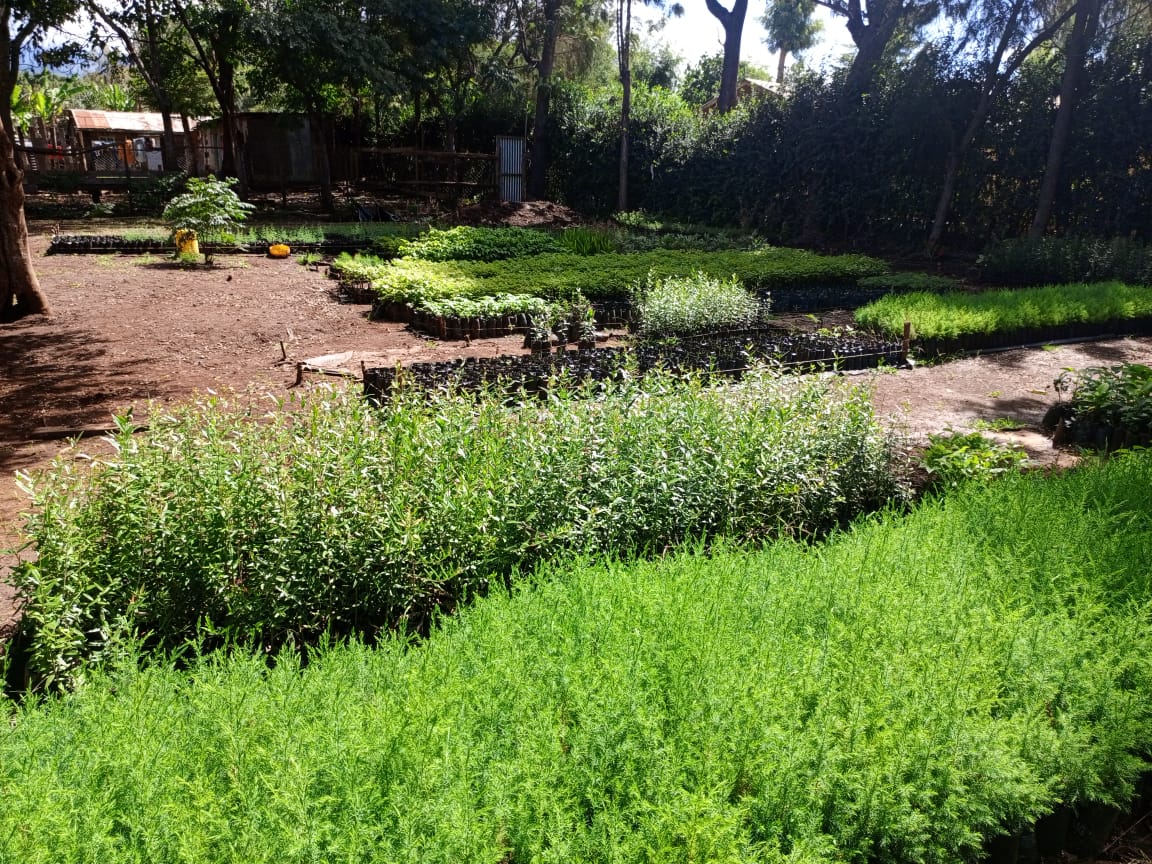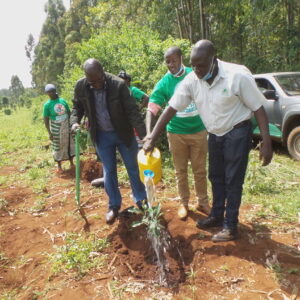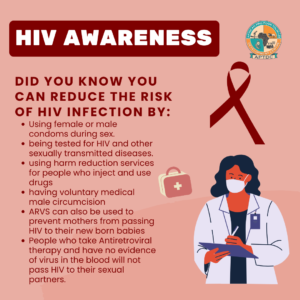African Pro-poor Tourism Development Centre – Making Tourism work for Communities
Enhancing resilience to climate change through Horticultural Production-Drip Irrigation.
Background: Climate Change In Kenya
Climate change is a long-term shift in global or regional climate patterns-temperature, precipitation, wind patterns and other measures of climate, that are especially caused by human activities on the natural environment. Often climate change refers specifically to the rise in global temperatures from the mid-20th century to present. As a result of unbalancing the weather of Earth, the sustainability of the planet’s ecosystems is under threat, as well as the future of humankind and the stability of the global economy.
Climate change in Kenya is increasingly impacting the lives of Kenya’s citizens and the environment. Climate change has led to more frequent extreme weather events like droughts which last longer than usual, irregular and unpredictable rainfall, flooding and increasing temperatures. The effects of these climatic changes have made already existing challenges with water security, food security and economic growth even more difficult. Harvests and agricultural production which account for about 33% of total Gross Domestic Product (GDP) for Kenya are also at risk. The increased temperatures, rainfall variability in Arid and Semi-Arid Areas, and strong winds associated with tropical cyclones have combined to create favorable conditions for the breeding and migration of pests. An increase in temperature of up to 2.5°C by 2050 is predicted to increase the frequency of extreme events such as floods and droughts. Hot and dry conditions in Arid and Semi-Arid Lands (ASALs) make droughts or flooding brought on by extreme weather changes even more dangerous. Coastal communities are already experiencing sea level rise and associated challenges such as salt-water intrusion. All these factors impact at-risk populations like marginalized communities, women and the youth. Half of Kenya’s electricity is produced through hydropower. However, because the generation and distribution of electricity is unreliable, some manufacturing firms generate supplemental power with fossil fuel sources. Droughts and increasing evaporation decrease hydropower capacity, which will in turn increase the use of more polluting energy sources.
RELATED PROJECTS






